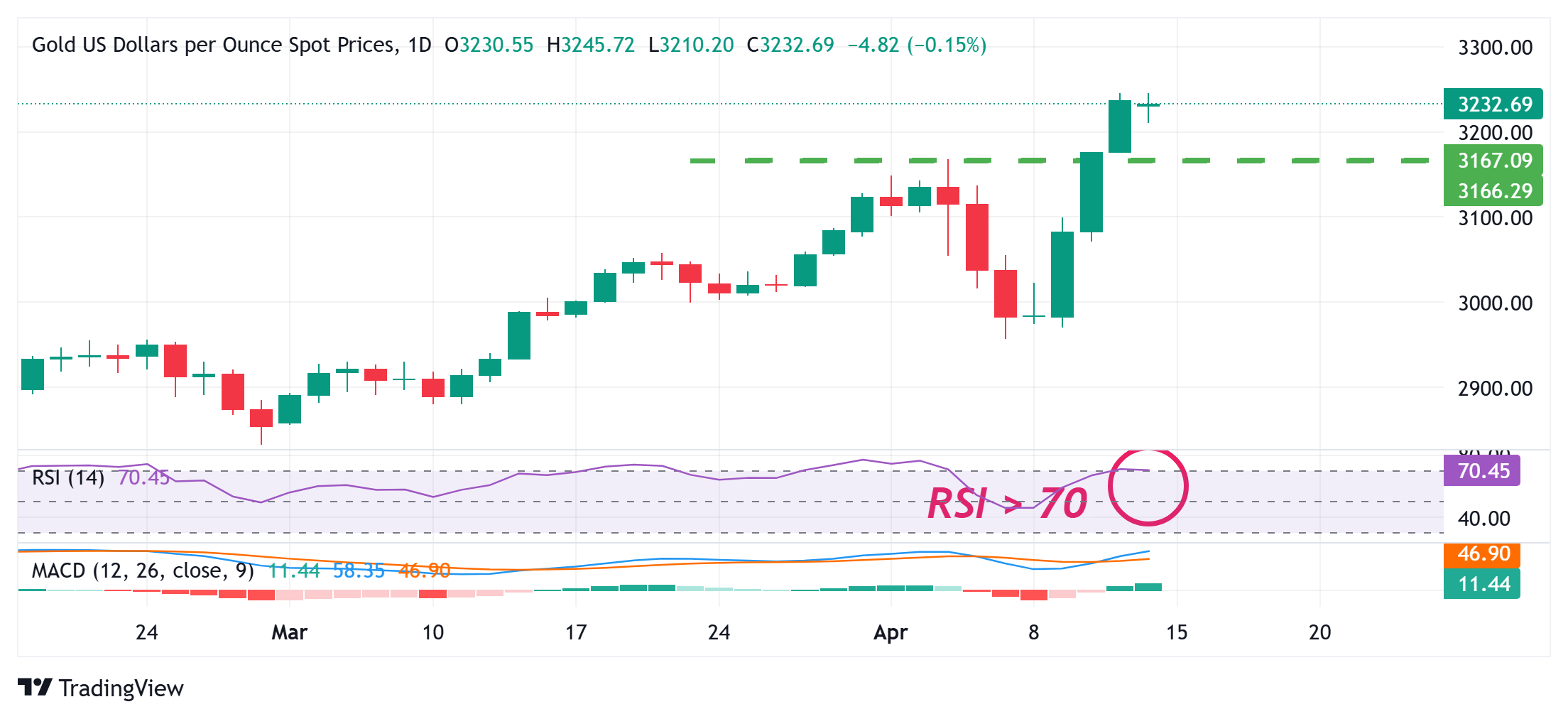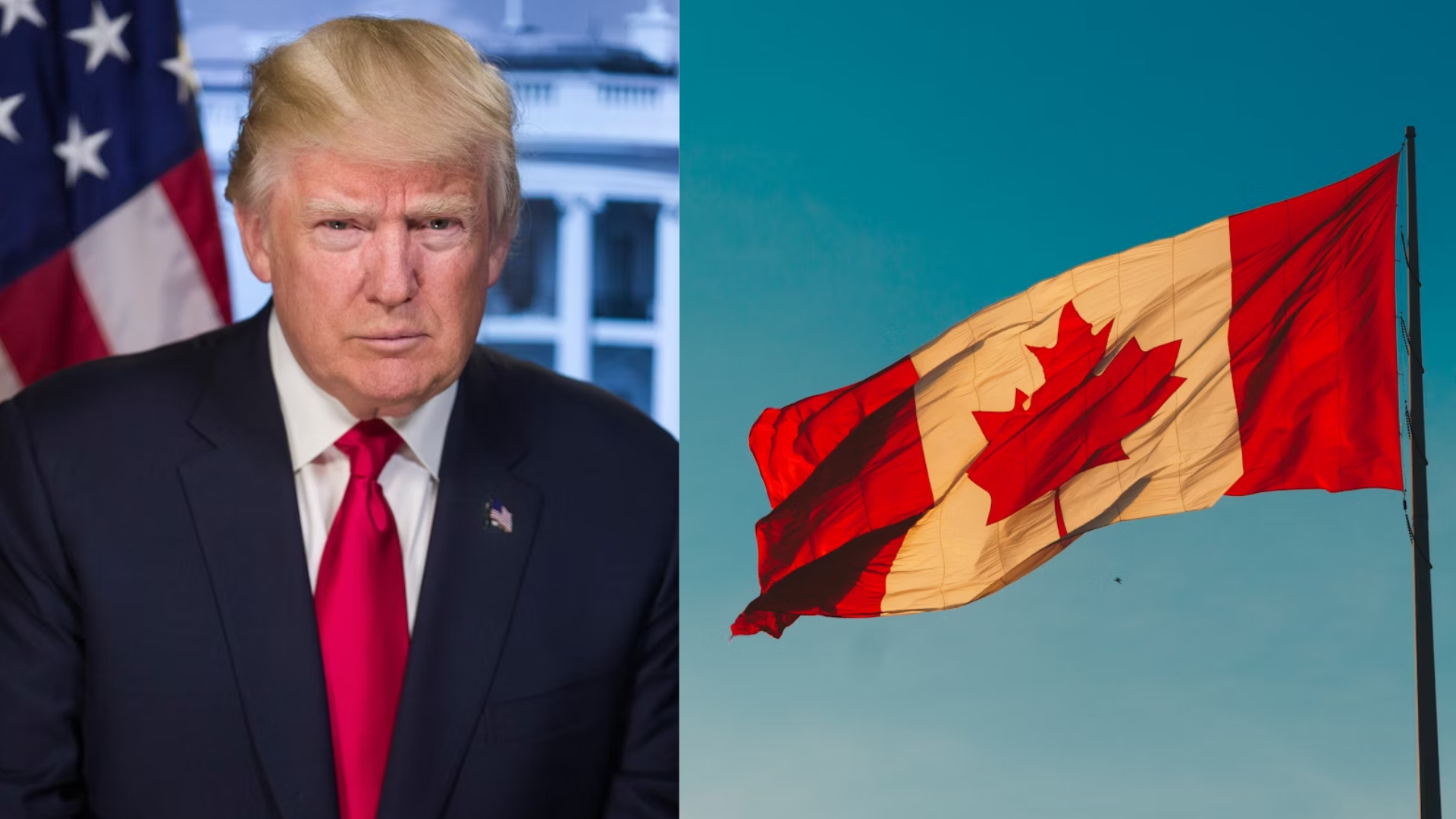Gold prices pulled back on Monday, stepping away from last week’s all-time highs as global investors shifted toward riskier assets amid improving sentiment in equity markets. Despite the short-term retreat, analysts say the underlying trend remains upward, supported by strong macroeconomic and geopolitical drivers.
In international markets, spot gold slipped below $2,350 an ounce, after briefly topping $2,430 last week—its highest level on record. The correction follows a more stable tone in global equities, as easing fears over interest rates and geopolitical shocks prompted a rotation away from safe-haven assets.

Gold US Dollars per Ounce 1-D Chart as of April 14th, 2025 (Source: TradingView)
The shift in sentiment was driven by soft U.S. inflation data, which reduced immediate pressure on the Federal Reserve to maintain a hawkish stance. This helped boost risk assets, including tech stocks and emerging market currencies, while weighing slightly on demand for gold. Still, the metal is up nearly 15% year-to-date, with many expecting further upside if rate cuts begin later this year.
Central bank demand and geopolitical uncertainty continue to act as key tailwinds. Several central banks, particularly in Asia and the Middle East, have been accumulating gold to diversify reserves, reinforcing the metal’s role as a long-term hedge. Meanwhile, tensions in Eastern Europe and the Middle East remain unresolved, lending ongoing support to gold’s safe-haven appeal.
Domestic markets reflected the global trend, with 24-carat gold in India trading around ₹71,300 per 10 grams, down slightly from recent highs. Jewelers anticipate stronger retail buying in the coming weeks as the wedding season begins, potentially stabilizing prices at elevated levels.
Analysts believe that any near-term pullbacks may offer buying opportunities rather than signal a reversal. “The long-term bullish case for gold is still very much intact, especially with monetary easing on the horizon,” said a commodities strategist at a Mumbai-based brokerage.
















